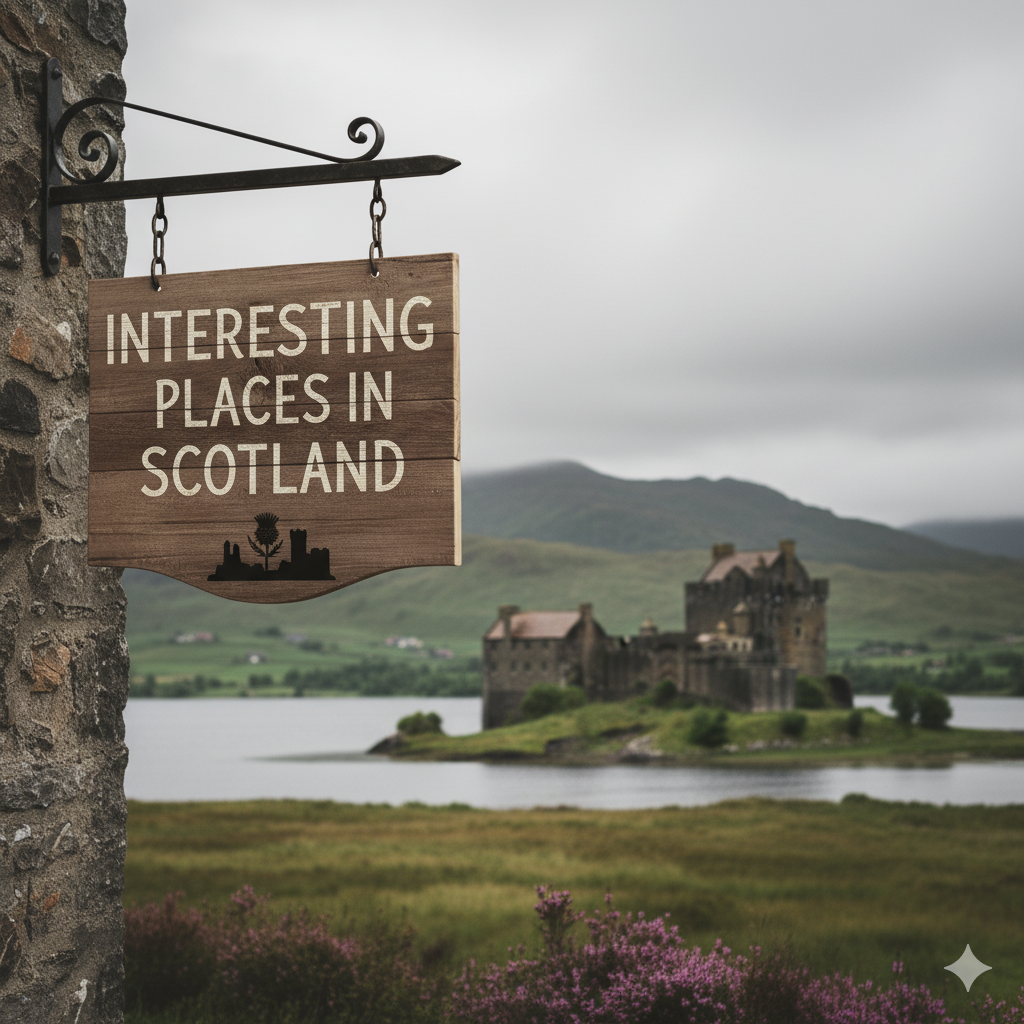Princess Street Gardens Edinburgh.
Hi folks, Edinburgh is a Beautiful City, at the Centre of the City, are lovely gardens overlooked by the Castle. I spent many a time here when I was young.
Princes Street Gardens are two adjacent public parks in the centre of Edinburgh, Scotland, lying in the shadow of Edinburgh Castle. The Gardens were created in two phases in the 1770s and 1820s following the long draining of the Nor Loch and building of the New Town, beginning in the 1760s.

The loch, situated on the north side of the town, was originally an artificial creation forming part of its medieval defences and made expansion northwards difficult. The water was habitually polluted from sewage draining downhill from the Old Town.
In 1846 the railway was built in the valley to connect the Edinburgh-Glasgow line at Haymarket with the new northern terminus of the North British line from Berwick-upon-Tweed at Waverley Station.[1]
The gardens run along the south side of Princes Street and are divided by The Mound, on which the National Gallery of Scotland and the Royal Scottish Academy are located. East Princes Street Gardens run from The Mound to Waverley Bridge and cover 8.5 acres (3.4 ha). The larger West Princes Street Gardens cover 29 acres (12 ha) and extend to the adjacent churches of St. John’s and St. Cuthbert’s, near Lothian Road in the west.
The Gardens are the best-known parks in Edinburgh, having the highest awareness and visitor figures for both residents and visitors to the city.
In 1846, the Edinburgh and Glasgow Railway Company constructed a sunken railway line along the southern edge of the Gardens to join its Haymarket terminus to a new General Station adjoining the North British Railway Company’s North Bridge terminus (both stations later renamed Waverley Station). This involved constructing the Haymarket Tunnel (comprising separate north and south tunnels), 910 metres long, between the western end of the gardens and Haymarket Station. A shorter tunnel (again comprising two separate tunnels) was also dug through the Mound dividing the East and West Gardens.
East Princes Street Gardens originated after a dispute between Edinburgh Corporation (town council) and the early New Town proprietors, among whom was the philosopher David Hume who resided in St. David Street, a side street off Princes Street. In 1771 the council acquired the land as part of the First New Town development. It began feuding ground on the south side of Princes Street (on the site of the current Balmoral Hotel and Waverley Mall) for the building of houses and workshops for a coach-builder and a furniture-maker. After a failed petition to the council, the proprietors raised two actions in the Court of Session to halt the building and to condemn the Corporation for having contravened their feuding terms by which they had pre-supposed open ground and a vista south of the street. After the Court found in favour of the council on the first point the decision was quickly appealed to the House of Lords and overturned, but when the Court again supported the council on the second point, the matter was submitted to judicial arbitration. This resulted in a judgement that the houses could be completed which later allowed the North British Hotel (Balmoral Hotel) to be built on the site, that the adjacent furniture-maker’s premises must not rise above the level of Princes Street (which is the reason the roof of the Waverley Mall is at street level) and that the ground westwards for half the length of Princes Street “shall be kept and preserved in perpetuity as pleasure-grounds to be dressed up at the expense of the town council as soon as may be.”
Along the south side of Princes Street are many statues and monuments. In the East Gardens, most prominent is the Scott Monument, a Neo-Gothic spire built-in 1844 to honour Sir Walter Scott. Within East Princes Street Gardens there are statues of the explorer David Livingstone, the publisher and Lord Provost Adam Black and the essayist Professor John Wilson, who wrote under the pseudonym Christopher North. There is also a small commemorative stone honouring the volunteers from the Lothians and Fife who fought in the Spanish Civil War.
East Princes Street Gardens
Discover more from WILLIAMS WRITINGS
Subscribe to get the latest posts sent to your email.



We spent some time in these gardens in May 2008. Beautiful indeed on a fine sunny day. Thanks for sharing the photos and history, William. Allan
awe thanks Mate for the visit, happy times eh.. have a nice day.
its delightful Alan, thank you.